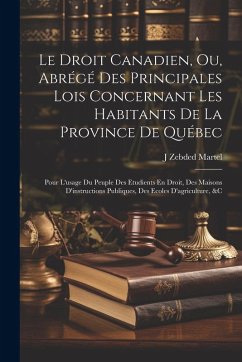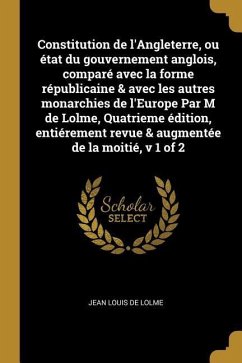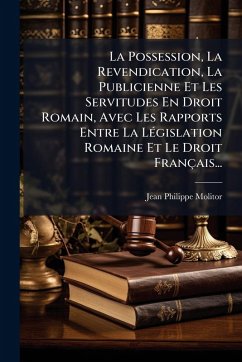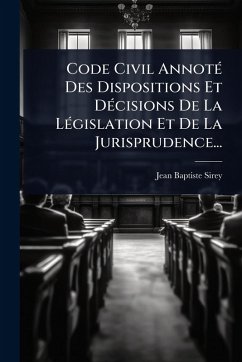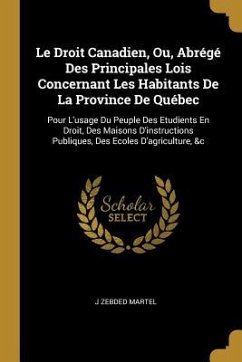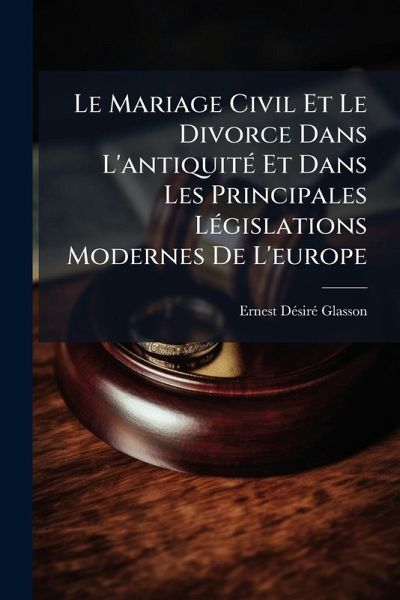
Le Mariage Civil Et Le Divorce Dans L'antiquitÃ(c) Et Dans Les Principales LÃ(c)gislations Modernes De L'europe

PAYBACK Punkte
14 °P sammeln!
Le Mariage Civil Et Le Divorce Dans L'antiquité Et Dans Les Principales Législations Modernes De L'europe, by Ernest Désiré Glasson, is a comprehensive study of civil marriage and divorce laws from antiquity to the modern era. This legal treatise offers a detailed examination of comparative legislation across Europe, preceded by an overview of the origins of modern civil law. Explore the historical evolution and legal frameworks surrounding marriage and divorce in various European countries. This book provides invaluable insights into the development of family law and its societal implicat...
Le Mariage Civil Et Le Divorce Dans L'antiquité Et Dans Les Principales Législations Modernes De L'europe, by Ernest Désiré Glasson, is a comprehensive study of civil marriage and divorce laws from antiquity to the modern era. This legal treatise offers a detailed examination of comparative legislation across Europe, preceded by an overview of the origins of modern civil law. Explore the historical evolution and legal frameworks surrounding marriage and divorce in various European countries. This book provides invaluable insights into the development of family law and its societal implications. This work has been selected by scholars as being culturally important, and is part of the knowledge base of civilization as we know it. This work was reproduced from the original artifact, and remains as true to the original work as possible. Therefore, you will see the original copyright references, library stamps (as most of these works have been housed in our most important libraries around the world), and other notations in the work. This work is in the public domain in the United States of America, and possibly other nations. Within the United States, you may freely copy and distribute this work, as no entity (individual or corporate) has a copyright on the body of the work. As a reproduction of a historical artifact, this work may contain missing or blurred pages, poor pictures, errant marks, etc. Scholars believe, and we concur, that this work is important enough to be preserved, reproduced, and made generally available to the public. We appreciate your support of the preservation process, and thank you for being an important part of keeping this knowledge alive and relevant.





